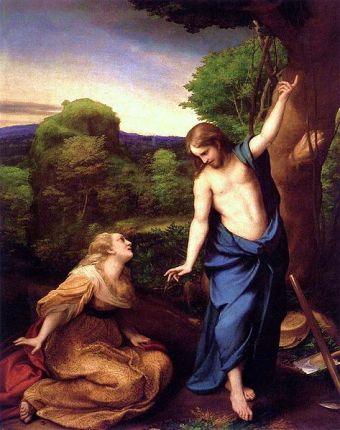
A couple of weeks ago, I wrote briefly about my faith-based method of homeschooling. To recap: I see methods such as Catholic Heritage Curricula, which bring the faith to individual subjects, as using a sermon format. In contrast, our Contemplative Homeschool starts with a Bible passage. I look for the themes in that passage, and add as many subjects as I can into the discussion of those themes. As my kids get older, I hope to make writings of the Church Fathers and official documents and creeds a starting place for our curriculum as well.
Here are some advantages to using the homily format.
1. Homilies promote meditation on Sacred Scripture.
The Contemplative Homeschool is all about teaching our children to put prayer at the top of their priorities. It encourages a prayerful attitude and teaches methods of prayer, especially Christian meditation. As one blog commenter said, meditating on Scripture is like preaching a homily to oneself. My boys are forming the habit of looking for ways to connect Bible passages with their lives. I believe this will make it easier for them to create their own meditations as they grow older.
Read my other 4 reasons.

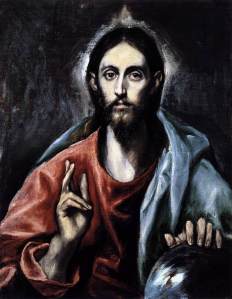




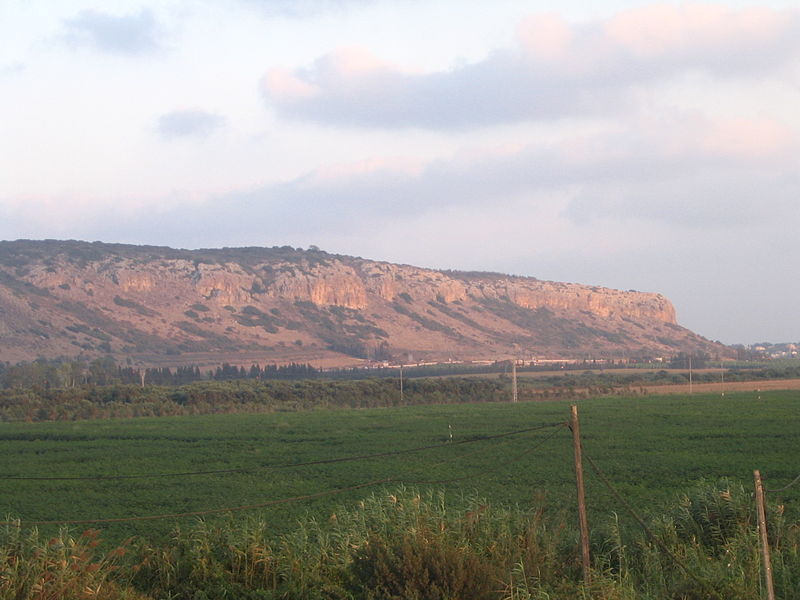
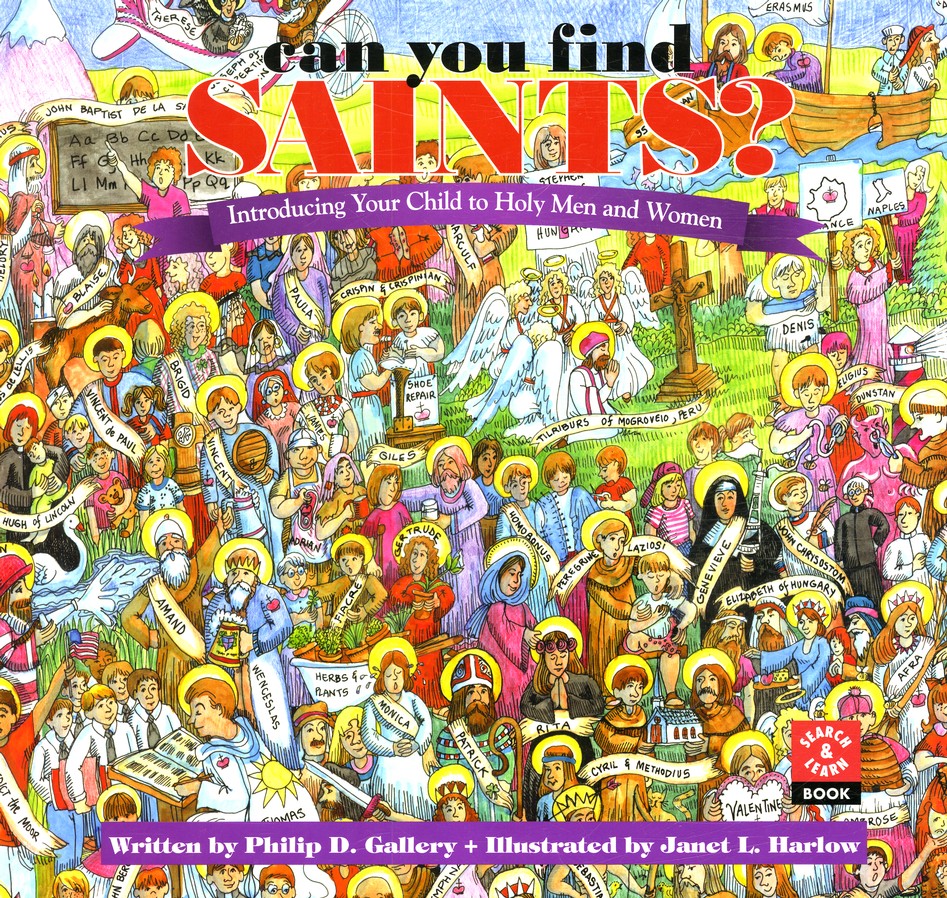
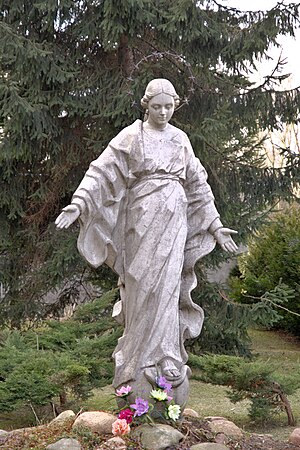

 This post is part of an occasional series called Finding God in Children's Literature, in
which I look at children's books in light of the Bible and Sacred
Tradition. All correlations between these books and the Christian faith
are my own insights, unless otherwise noted. You may quote me
or link to these posts, but please do not re-blog them or use these
ideas as though they were your own. Thank you.
This post is part of an occasional series called Finding God in Children's Literature, in
which I look at children's books in light of the Bible and Sacred
Tradition. All correlations between these books and the Christian faith
are my own insights, unless otherwise noted. You may quote me
or link to these posts, but please do not re-blog them or use these
ideas as though they were your own. Thank you.